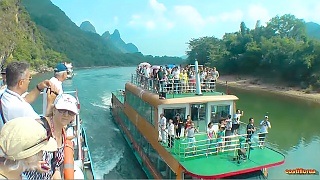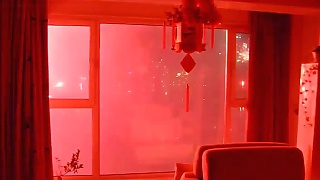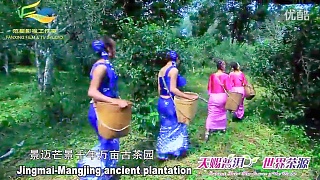 Improving school learning in China’s remote areas
Improving school learning in China’s remote areas
Related Videos
Featured Videos

|
Between GuiLin and YangShuo, GuangXi province.
|

|
With Walk East ...
|

|
With Gaukhar Bulatova ...
Bonus film - Night walk in Yan'An with Walk East
YT comment : Max, this was another fantastic video. I have heard of Yan"an and now I have seen it with you. The place is so beautiful, clean and modern. I love the surrounding hills and the pagoda on top. The food stalls look so delicious. This 4th tier city shows the incredible progress China has made in providing a great place for all its citizens to live in. Keep up with the excellent work.
|

|
Gong Xi Ni. Gong Xi Fa Chai :) A happy Spring Festival week to all our visitors, from the BeijingBuzzz team.
Videos from Beijing. Enjoy ...
|

|
Explore the local sights and dishes with four lively Chinese girls from Singapore ...
|

|
Pu'Er lies in south YunNan province, south China, not far from the borders with Myanmar and Laos, and is home to a number of ethnic groups. This area is rich in vegetation and wildlife.
Pu'Er gives its name to a popular variety of fermented, aged, dark tea with a strong, earthy flavor.
Pu'Er is about a four to five hours' drive from the provincial capital, KunMing.
|

|
Awesome soundscapes by the wonderful Michel Pepe - let your heart sail through the stars ...
|
Tag search ?







 Improving school learning in China’s remote areas
Improving school learning in China’s remote areas






